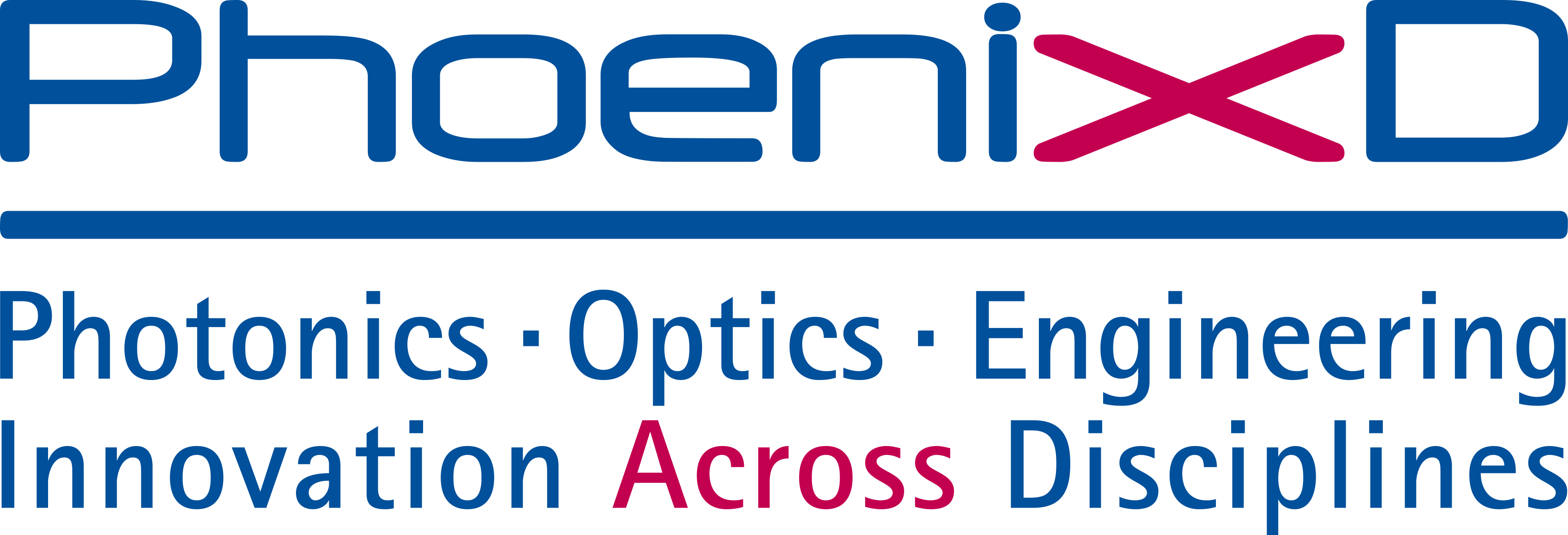Magnetic-Induced Force Noise in LISA Pathfinder Free-Falling Test Masses
- authored by
- LISA Pathfinder Collaboration , M. Armano, H. Audley, J. Baird, P. Binetruy, M. Born, D. Bortoluzzi, E. Castelli, A. Cavalleri, A. Cesarini, A. M. Cruise, K. Danzmann, M. De Deus Silva, I. Diepholz, G. Dixon, R. Dolesi, L. Ferraioli, V. Ferroni, E. D. Fitzsimons, M. Freschi, L. Gesa, D. Giardini, F. Gibert, R. Giusteri, C. Grimani, J. Grzymisch, I. Harrison, M. S. Hartig, G. Heinzel, M. Hewitson, D. Hollington, D. Hoyland, M. Hueller, H. Inchauspé, O. Jennrich, P. Jetzer, N. Karnesis, B. Kaune, N. Korsakova, C. J. Killow, L. Liu, J. A. Lobo, J. P. López-Zaragoza, R. Maarschalkerweerd, D. Mance, V. Martín, L. Martin-Polo, F. Martin-Porqueras, J. Martino, P. W. McNamara, Jens Reiche, G. Wanner, L. Wissel, A. Wittchen
- Abstract
LISA Pathfinder was a mission designed to test key technologies required for gravitational wave detection in space. Magnetically driven forces play a key role in the instrument sensitivity in the low-frequency regime, which corresponds to the measurement band of interest for future space-borne gravitational wave observatories. Magnetically induced forces couple to the test mass motion, introducing a contribution to the relative acceleration noise between the free-falling test masses. In this Letter we present the first complete estimate of this term of the instrument performance model. Our results set the magnetic-induced acceleration noise during the February 2017 noise run of 0.25-0.08+0.15 fm s-2/Hz at 1 mHz and 1.01-0.24+0.73 fm s-2/Hz at 0.1 mHz. We also discuss how the nonstationarities of the interplanetary magnetic field can affect these values during extreme space weather conditions.
- Organisation(s)
-
Institute of Gravitation Physics
PhoenixD: Photonics, Optics, and Engineering - Innovation Across Disciplines
Institute of Quantum Optics
QuantumFrontiers
- External Organisation(s)
-
European Space Research and Technology Centre (ESTEC)
Université de Paris
University of Trento
Fondazione Bruno Kessler
University of Urbino "Carlo Bo"
University of Birmingham
European Space Astronomy Centre
Max Planck Institute for Gravitational Physics (Albert Einstein Institute)
ETH Zurich
Royal Observatory
Autonomous University of Barcelona (UAB)
Institute of Space Studies of Catalonia (IEEC)
isardSAT
European Space Operation Center (ESOC)
Imperial College London
University of Florida (UF)
Universität Zürich (UZH)
Observatoire de la Côte d’Azur (OCA)
University of Glasgow
Qioptiq Photonics GmbH and Co.KG
- Type
- Article
- Journal
- Physical review letters
- Volume
- 134
- ISSN
- 0031-9007
- Publication date
- 21.02.2025
- Publication status
- Published
- Peer reviewed
- Yes
- ASJC Scopus subject areas
- General Physics and Astronomy
- Electronic version(s)
-
https://doi.org/10.1103/PhysRevLett.134.071401 (Access:
Closed)
https://doi.org/10.48550/arXiv.2407.04427 (Access: Open)


